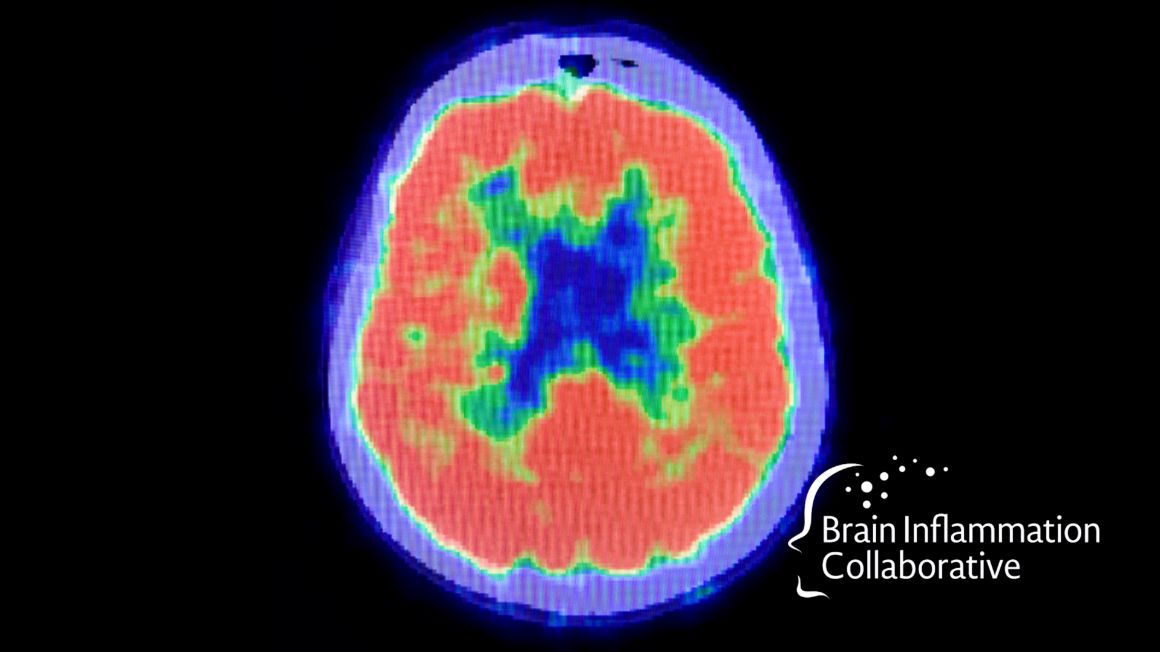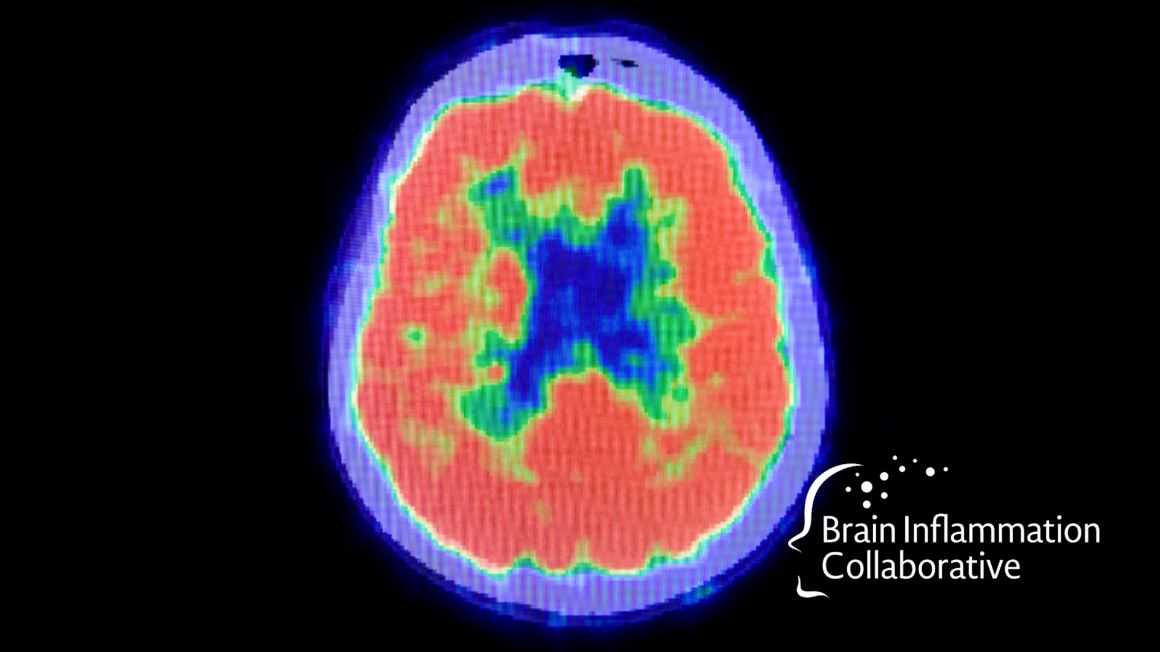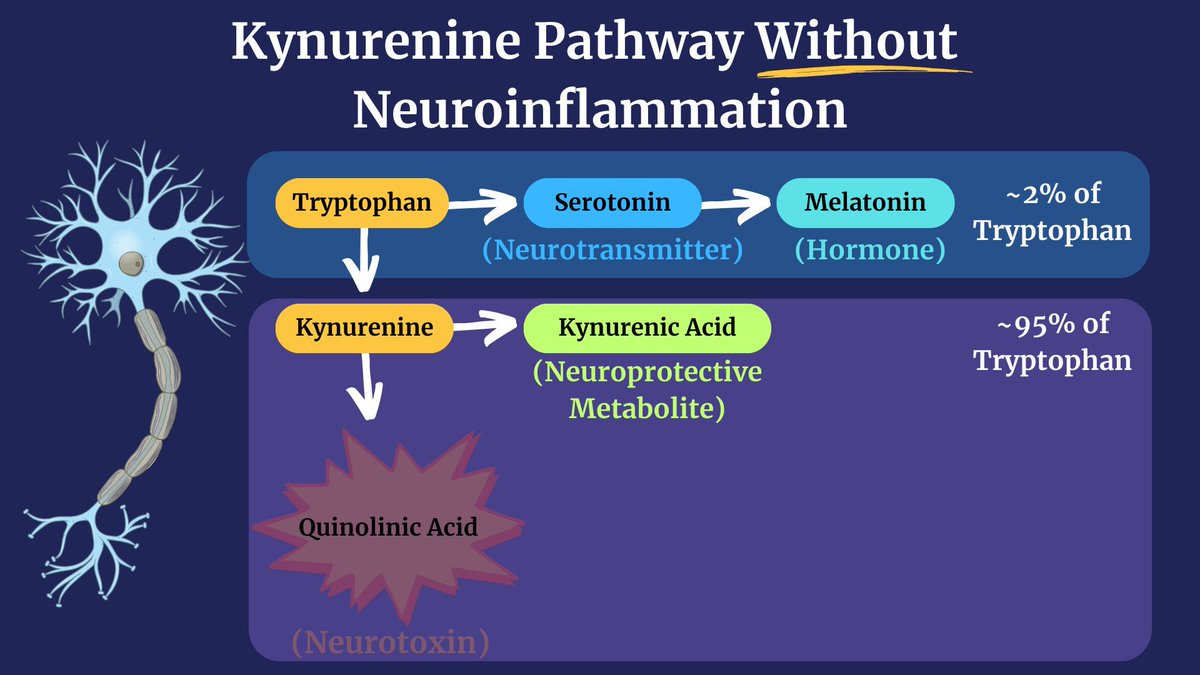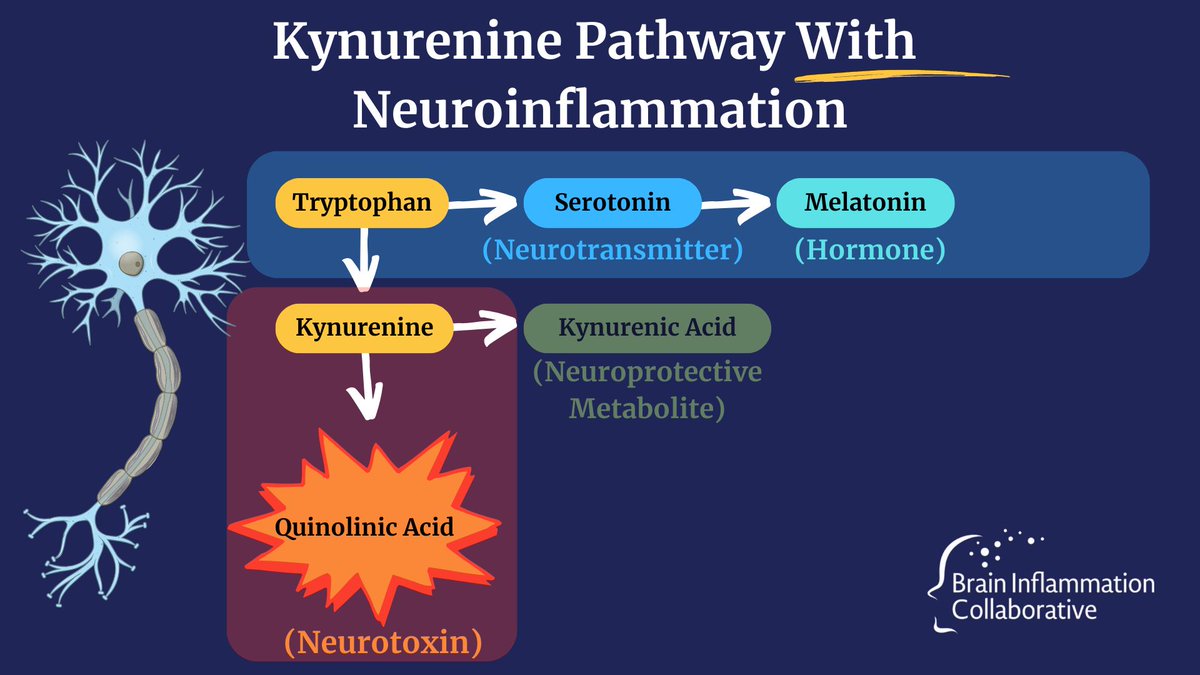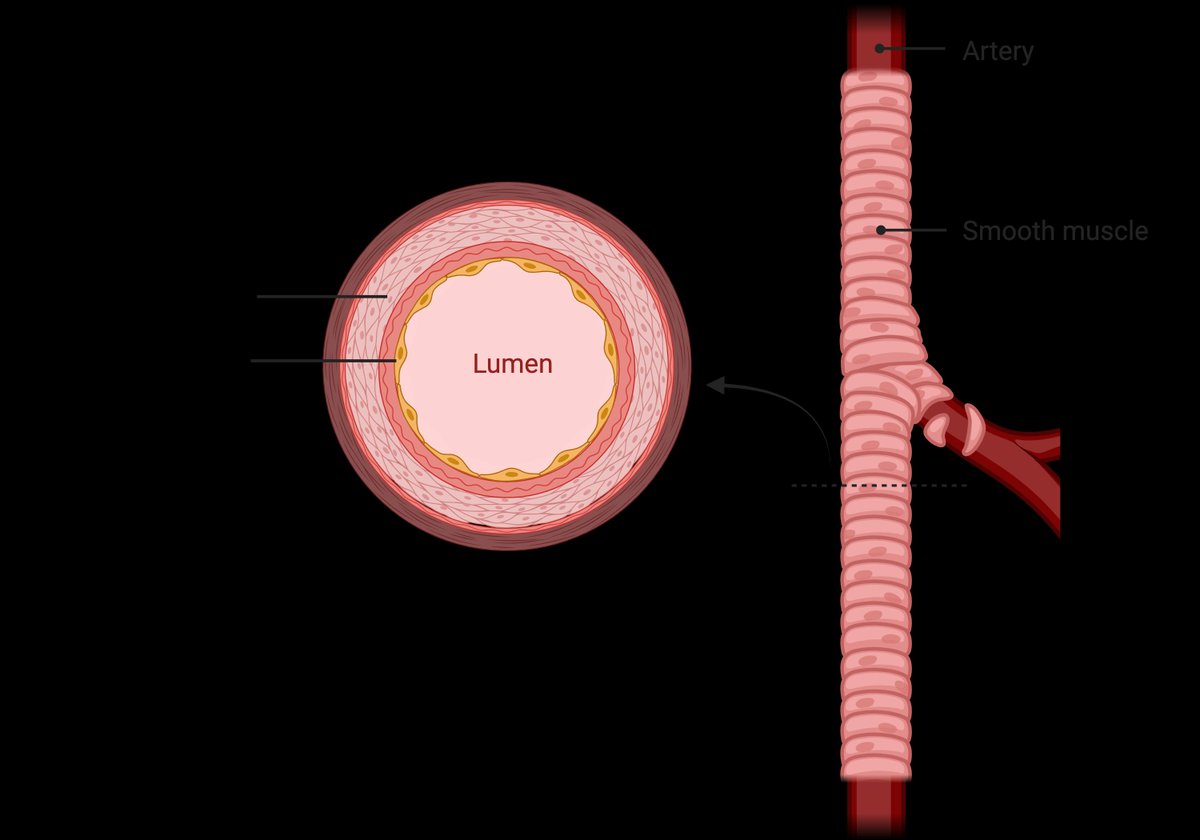67% of 2,314 Long COVID patients surveyed reported symptoms of a dysregulated autonomic nervous system such as:
- A drop in blood pressure when standing
- Brain fog or cognitive disturbances
- Dizziness or light-headedness
- Heartbeat irregularities
- Gastrointestinal issues
- Tingling or numbness
- Bladder dysfunction
- Shortness of breath
- Sleep disturbances
- Chest pain
- Fatigue
This translates to 38 million Americans with Long COVID dysautonomia.
But there is a problem...🧵
- A drop in blood pressure when standing
- Brain fog or cognitive disturbances
- Dizziness or light-headedness
- Heartbeat irregularities
- Gastrointestinal issues
- Tingling or numbness
- Bladder dysfunction
- Shortness of breath
- Sleep disturbances
- Chest pain
- Fatigue
This translates to 38 million Americans with Long COVID dysautonomia.
But there is a problem...🧵
"There are only 52 doctors in the US who are board-certified in autonomic disorders and fewer than 50 dysautonomia specialty centers throughout the US equipped to diagnose, treat, and study dysautonomia."
Furthermore, there are also no effective treatments for dysautonomia.
Read more here:
buff.ly/ebK7y0D
Furthermore, there are also no effective treatments for dysautonomia.
Read more here:
buff.ly/ebK7y0D
Existing medical centers are overwhelmed, forcing clinicians to "[turn] away new and even existing dysautonomia patients."
This is a heartfelt appeal to all the bright, dedicated medical students still exploring their specialty options: the Long COVID community urgently needs your skills, compassion, and innovation to address this growing crisis!
Please help us spread the word by sharing this content!
This is a heartfelt appeal to all the bright, dedicated medical students still exploring their specialty options: the Long COVID community urgently needs your skills, compassion, and innovation to address this growing crisis!
Please help us spread the word by sharing this content!
• • •
Missing some Tweet in this thread? You can try to
force a refresh


